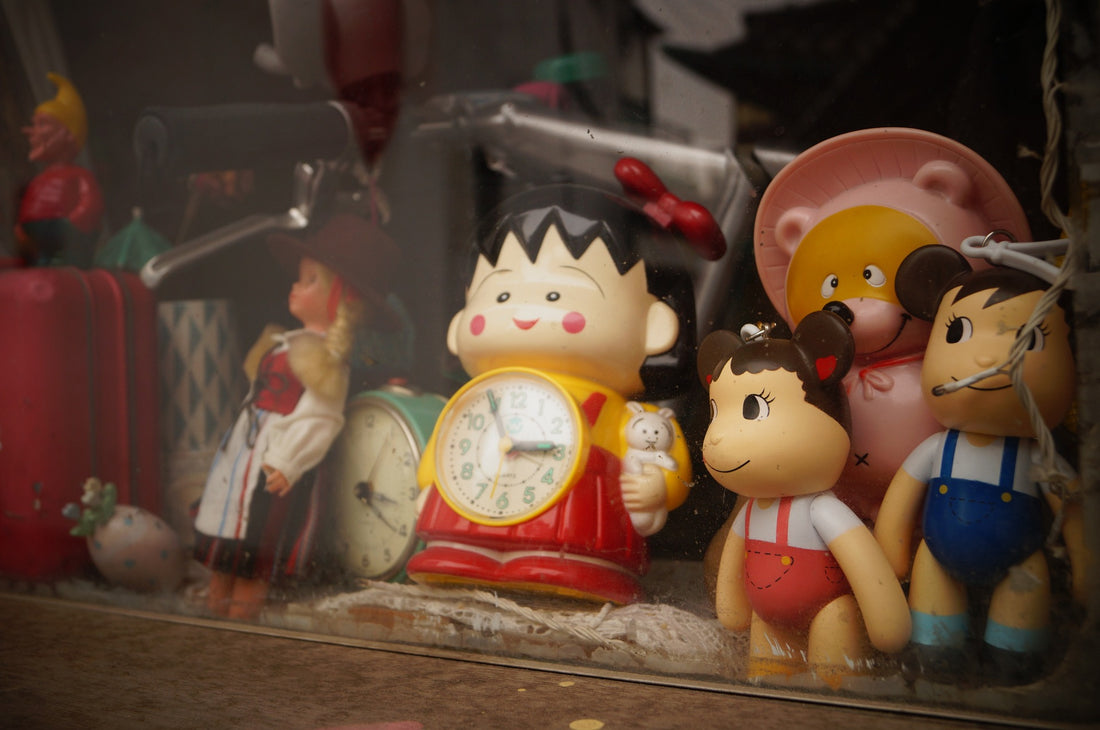The concept of time is not an easy one for very young children to understand. At 3 years of age, children will have some understanding of sequence, (ie: first we take a bath, then we clean up our room, then we have a bedtime story.) They may also have an idea of how long things take, although not necessary through measurable means. Instead, they'll know it through more vague terms like, "Driving to Grandma's takes a long time," and "Putting on my shoes takes a short time." On the other hand, understanding terms like tomorrow and yesterday can be confusing. Help your child start understanding time concepts with a few tips and tricks!
- Give verbal summaries of your day - Help your child understand sequence and the concept of "today" by giving verbal summaries of your day together and using words like "first," "next," and "after." For example, you can say something like, "Today we did a lot of things. First, we ate breakfast. Next we went to the library. Then after that, we went to the park." You can also ask them questions that make them think about sequence like, "What did we do after the library?"
- Use a calendar - Get one of those big, children's calendars and display it in your child's room. Although your child isn't quite ready to understand the concept of months and weeks, they can start learning the days of the week gradually. This visual representation will also help them with the concept of yesterday, today, and tomorrow. You can point to the day on the calendar and say, "Today is Wednesday and we are going to the pool. Tomorrow is Thursday and we will go to the grocery store."
- Stick to a schedule - Sticking to a basic schedule everyday is another way to help your child solidify their understanding of sequencing. Talk about the schedule with your child using those sequencing words like first, second, then, before, and after.
- Make a visual schedule - Again, keeping regular schedules is helpful for children to understand sequencing. Take it a step further by creating a visual schedule for their day or week. Have Monday through Sunday or the hours of the day listed and have simple illustrations of the things they do. Examples include a picture of a school house for the days they go to preschool or daycare, a picture of their uniform on the days they have karate, and a picture of grandma's house for Sunday when you all go over for family dinner!
Remember, this is a tricky concept for children this age to grasp. But, with regular practice, proper time-centered vocabulary, and a predictable schedule, your child can begin to slowly understand. Don't worry, they'll be sure to get it eventually! So keep it light and enjoy the process!








